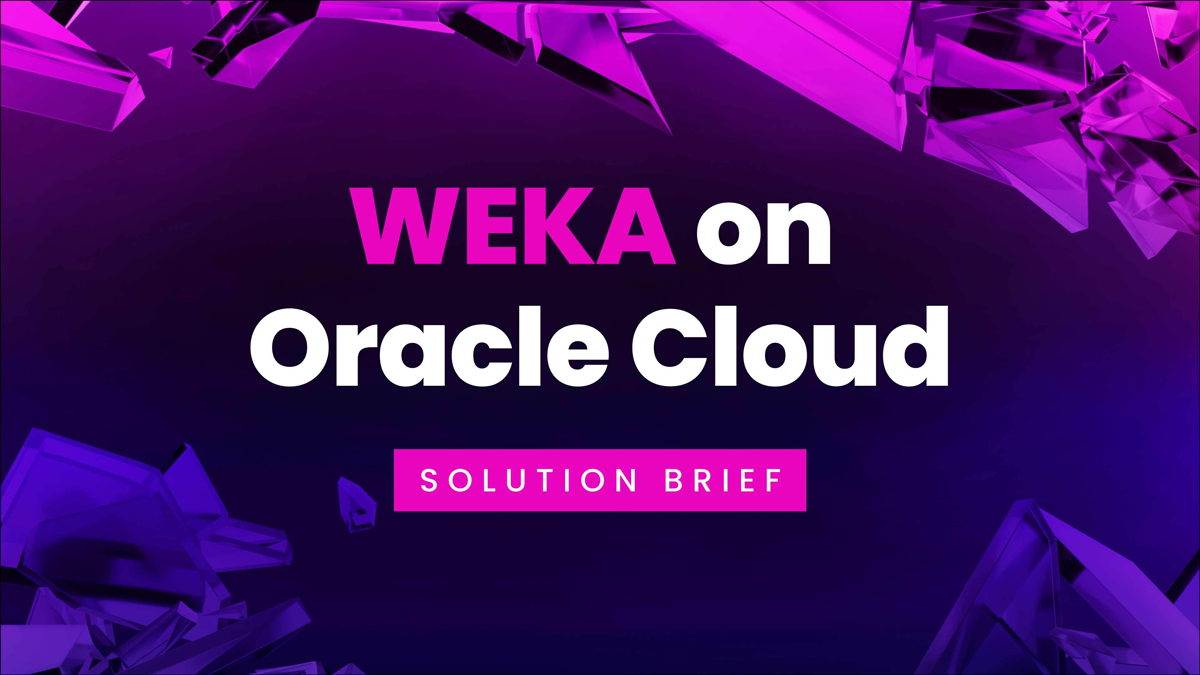What is Cloud Agnostic & Why Does It Matter?

Wondering what cloud agnostic means? We explain what it means, how it works, and whether you need to have a cloud-agnostic strategy for your organization.
What does cloud agnostic mean? Cloud-agnostic means designing applications that can run seamlessly in any cloud environment and move between cloud platforms.
Cloud Agnostic, Cloud Native, and Deploying Cloud Strategies
Any organization using cloud infrastructure should have a strategy. While using basic cloud functionality (applications from a provider, storage, etc.) might seem relatively straightforward, any advancement beyond that will lead to added complications, added complexities, and added areas where growth can be muted.
Suppose your business plans on growing in the cloud. In that case, a strategy is necessary, and a central part of that strategy is understanding exactly how you will use cloud applications–now, a year from now, or even five to ten years from now.
There are a few approaches to adapting a cloud strategy:
- Cloud Enabled: Cloud-enabled applications were built traditionally–using local resources, requiring local assets and machines, and usually developed and deployed in a monolithic manner–and then migrated to the cloud. This isn’t a typical issue for more modern businesses, but organizations handling legacy software may find themselves looking for ways to keep their infrastructure intact but in the cloud.
- Cloud Native: Cloud-native applications are born in the cloud. They are purpose-built to use cloud infrastructure to operate and run exclusively in the cloud as a user-facing application or back-end resource. Cloud-native strategies are typically interested in ensuring the longevity and scalability of their operations for the long term.
- Cloud Agnostic: Cloud agnostic is a relatively new approach to cloud strategies that eschew rooting services in particular infrastructure or provider and instead looks for ways to deploy systems that don’t rely on a single environment, infrastructure, or provider to function. The goal of a cloud-agnostic solution is to avoid vendor lock-in or dependence on a specific environment configuration.
Cloud-enabled approaches aren’t prevalent outside of long-standing organizations with legacy infrastructure. Many businesses have become, in part or whole, dependent on cloud-native applications.
However, “cloud native” and “cloud agnostic” aren’t necessarily exclusive, as cloud agnostic systems are necessarily cloud native. However, a cloud-native system isn’t necessarily cloud-agnostic.
What Are the Pros and Cons of Cloud Native vs. Cloud Agnostic Strategies?
Like any set of strategies, there are some pros and cons that go with each. While moving to a cloud-agnostic system can bring several significant advantages, it’s not necessarily the case that you must eventually drive toward such a strategy. Both cloud-native and cloud-agnostic approaches can support different business models and operations differently.
Cloud Native
Most businesses using the cloud in any way are using cloud-native applications. This might be essential storage, cloud applications, or analytics. For more intense cloud workloads in areas like machine learning or genomics, the database and processing applications are almost always cloud native. And for a good reason–using cloud-native apps has enabled projects that would have never been realizable through traditional infrastructure.
- Pros: Cloud-native apps are the norm, and modern business increasingly depends on cloud-native applications. Furthermore, massive research and development projects in finance, manufacturing, and life sciences are firmly embedded in the cloud to handle complex, high-performance workloads.Cloud-native applications are massively scalable (especially in public and hybrid cloud environments) and provide resilience against data loss or system failure.Furthermore, cloud-native applications function in high-performance environments, so components like high-availability storage clusters and high-performance cloud hardware can exponentially increase overall performance.
- Cons: Native environments that aren’t built for portability typically aren’t. Moving from one vendor to the next can become arduous if you create an entire infrastructure in a specific cloud environment.How significant is a vendor lock-in? The problem can span from the front end to the back end. On the surface, getting locked into specific software packages can make switching vendors hard just from the overall business perspective. Digging deeper, you may find that specific services or modules are only offered by a particular vendor, making a switch much more complicated. Finally, if low-level app development requires specific API calls, making a vendor switch can require a massive developmental overhaul.
Cloud Agnostic
As enterprises launch more complex and comprehensive cloud applications and infrastructures, they’re looking to make those deployments more flexible, increasing the level of control an organization can take over those resources while promoting longevity across any potential business context.
Enter cloud-agnostic systems. These systems are built through extremely clever and complicated combinations of cloud-agnostic programming toolchains, container technologies, and open-source tools. The goal is to develop environments and applications that can plug into any infrastructure from most or any vendor with little or no adjustments.
That sounds amazing, but it comes with a few catches.
- Pros: Cloud-agnostic systems do not have to consider vendor infrastructure as much as other systems. Flexibility and freedom make these systems much more independent, avoiding dreaded vendor lock-in. While this might not seem significant, it’s a critical feature for high-performance and esoteric cloud applications that need the flexibility to move to the best hardware or platforms available.
- Cons: Cloud-agnostic infrastructure is expensive in terms of money and time. It takes a lot of planning by developers to make a system that can feasibly call itself “agnostic,” In many cases, the labor and tools required will cost more than out-of-the-box native apps. Additionally, moving vendors with an agnostic system will still involve some work from programmers on the back end.
How to Align Cloud Agnostic Strategies and Infrastructure
The growth of cloud infrastructures has been a major driving force behind these new cloud strategies. Some infrastructures are better for a cloud-agnostic strategy than others.
The one that lends itself to cloud agnosticism is a multi-cloud environment.
By definition, multi-cloud environments comprise several cloud systems, typically across several vendors, with each component providing a particular set of services. So, the organization might use one provider for HA storage, another for mission-critical analytics, etc.
A cloud-agnostic system improves upon this flexibility by providing a system that doesn’t rely on one provider or infrastructure for any specific task or function. This means that an organization can not only leverage several vendors for different aspects of their operations but are also not locked into a specific vendor for a particular type of workload.
Multi-Cloud and Cloud Agnostic Infrastructure with WEKA
The heart of effective and reliable cloud infrastructure (across platforms, vendors, and workloads) is a system that can coordinate all aspects of the project. With WEKA, you can power high-performance workloads across different cloud architectures, infrastructures, and environments. We provide high-performance infrastructure for customers who want more control over their workloads; for others, we work with top cloud providers like AWS, Microsoft, and Google.
With WEKA, you can leverage the following features for your cloud system:
- Streamlined and fast cloud file systems to combine multiple sources into a single high-performance computing system
- Industry-best GPUDirect performance (113 Gbps for a single DGX-2 and 162 Gbps for a single DGX A100)
- In-flight and at-rest encryption for governance, risk, and compliance requirements
- Agile access and management for edge, core, and cloud development
- Scalability up to exabytes of storage across billions of files
Contact our experts today to learn how you can migrate your cloud systems to WEKA infrastructure.





